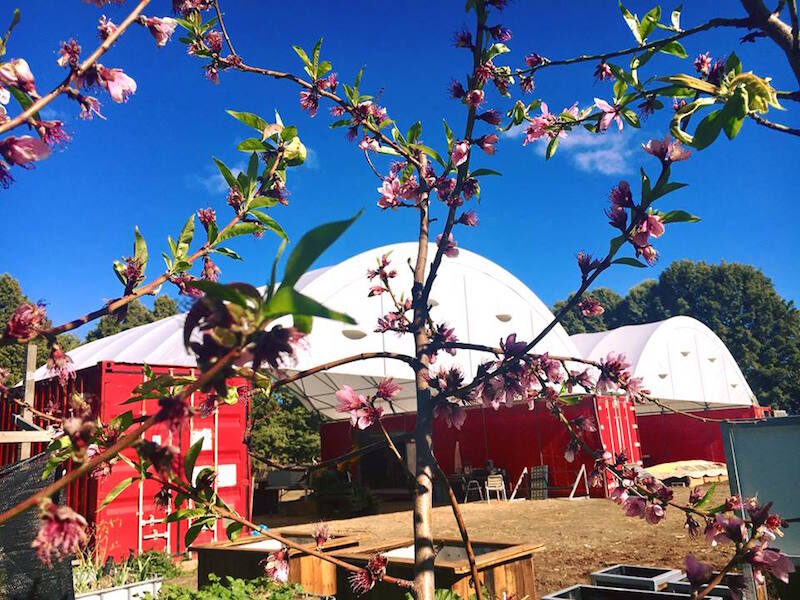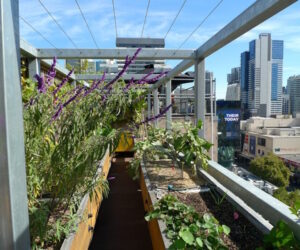Tips for Worm Farmers
We have put our top tips into one page that you can stick on the fridge – a quick reminder of what food goes in, what food doesn’t and the hot topics for every worm farmer.
Paper, cardboard, and more paper.
It is good practice to match the volume of food scraps [nitrogen] with shredded non-shiny paper and cardboard [carbon]. Rip up old envelopes, receipts, toilet rolls, egg cartons, and non-glossy advertising materials and add to the scraps in your kitchen, as well as adding shredded newspaper and cardboard to your worm farm.
You can also use old straw, dried leaves and rotted lawn clippings as a source of carbon. We recommend adding equal amounts of carbon to nitrogen.
Don’t overfeed!
If you add more food than the worms can eat it may go rancid and create a toxic, smelly environment.
As a rule of thumb, add food when about half of the previous feed has been eaten, and spread it out in a layer of no more than 50mm thick.
Cutting up food will allow the worms to break it down quickly before it starts to rot, which will in turn avoid any smells.
Keep it cool
Worms will perish if overheated, so it is important to keep your worm farm cool.
Make sure your worm farm is ALWAYS out of the sun, preferably in deep shade. In the garage or under the house is perfect as the temperature is more regulated.
If you know there are hot days ahead, don’t put a lot of food scraps in – the activity of processing food creates heat and may add to the problem.
On hot days [over 30 degrees]
– freeze a bottle of water and bury it deep in your worm farm to create a cool zone. Replace the bottle as it defrosts.
– cover a wet blanket or towel on the outside to create a cooler micro climate.
Keep an eye on them – if the worms are massing in one spot or trying to escape it can be a sign they are suffering heat stress.
Fluff it real good
Worms need to breathe, so let the oxygen flow. Give the top few inches of your farm a fluff up every now and then with a fork to let the air in.
Adding paper and cardboard also keeps the feed layer open and airy.
For more information on worms, troubleshooting and the Hungry Bin, you’ll find it here.

